Affordable Home Modifications for Duchenne Muscular Dystrophy

A Roadmap
When your child has Duchenne muscular dystrophy, their abilities change over time. You'll likely need to adapt your home to suit their needs. Work with their care team as you start to plan. An occupational therapist specializing in Duchenne or a CureDuchenne certified physical therapist can be your partner in decision-making. Keep in mind that modifications don't always need to be elaborate. Simple, inexpensive changes can go a long way.

Portable Ramp
An inexpensive portable ramp is a less-stress way to get in and out of a home with entry stairs or an uneven threshold. Before you buy, check the ramp's weight to be sure you can lift it as needed. And check its weight capacity, especially if it needs to support you as well as the weight of your child and any equipment, like a scooter or wheelchair.

Doorway Modifications
To make it easier to open and close doors, replace knobs with lever handles you can open with a hand or an elbow. Replace regular hinges with offset hinges to gain 2 inches of doorway width. If that’s still not enough room to maneuver, remove the doors themselves along with any molding. For privacy, you can add a curtain hung from a tension rod.
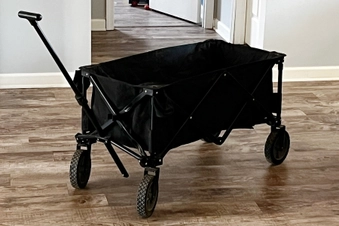
Super-Simple Solutions
A cart on wheels keeps essentials like glasses and electronic devices at arm’s length and travels with your child from room to room. It also helps them move items without having to carry them. Also, non-slip shelf liner makes almost any object easier to grip. Buy a roll and cut pieces to fit around grab bars and handrails, for instance. Simply glue them in place. A square piece works as a jar opener and even to help open drawers.
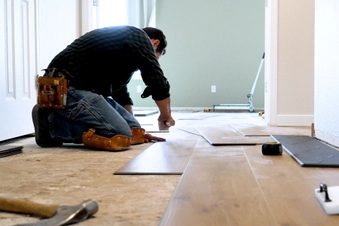
Floor Fixes
Walk from room to room and do a clean sweep of obstacles like throw rugs, loose cords, and clutter. This gets rid of tripping hazards. If carpeting makes it hard to navigate with a walker or wheelchair, consider replacing it with wood or laminate flooring. Whatever type of flooring you have, your child should wear non-slip shoes.
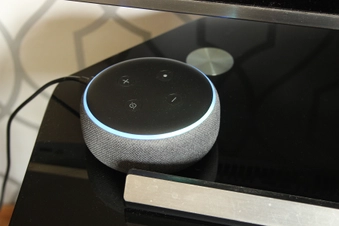
Smart Home Tech
Technology offers many ways to turn lights and music on and off, raise and lower the thermostat, and lock and unlock doors without having to move. This can help give your child a sense of independence. Program apps through a tablet, computer, or smartphone. Or use home assistant devices like Apple’s HomePod and Amazon’s Alexa that respond to voice commands.

Handrails and Grab Bars
These support your child when they sit down and stand up. Have a handrail on each side of every staircase so they can hold on with both hands. Grab bars are a must in the bathroom. Install them next to the toilet and inside the bath/shower. They also work in the kitchen and bedroom. You’ll need to anchor them to a wall stud to support weight. If there’s no wall to attach a bar, try a floor-to-ceiling, pressure-mounted SuperPole.

Furniture Risers
Another way to make it easier to get up and down is to raise the furniture. Risers are small blocks that you place under the feet of sofas, chairs, and bed frames to lift them by a few inches. That’s often enough to make a difference. It might also help your child to sit on a firm boat cushion, which gives better leverage for standing up.
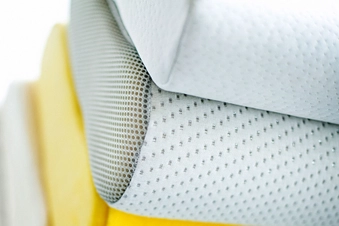
Chair Pads
If your child sits for long stretches of time, a pressure relief pillow can prevent pressure sores. Look for one made for this purpose, often with memory foam or a gel interior. You can also buy pads made specifically for wheelchairs that both cushion and prevent sores. A therapist or assistive device expert can help you find one that’s right for your child.

Touchless Faucets
These are even handier than lever-style faucets. All you have to do is wave a hand under the spout to start the water. The stream of water cuts off when you remove your hand, cutting down on water waste. Look for kitchen and bathroom models that let you preset the water temperature.
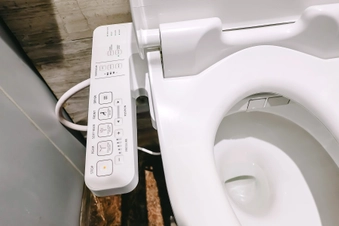
A Better Toilet
A toilet seat riser, placed over your existing toilet, shortens the distance between sitting and standing. So does a comfort height toilet you install in place of a regular one. Toilets with built-in bidets eliminate the need to wipe. Some, called wash and dry toilets, not only wash but also dry your privates. Installing a bidet on a regular toilet is an option, too.
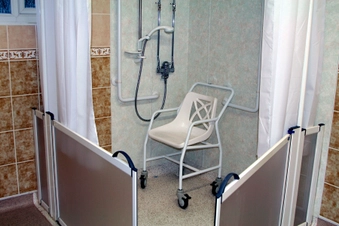
Shower Seats
Styles range from a child seat to a bench to a chair with a back and armrests. A transfer bench sits half inside and half outside the tub and eliminates the need to step over the side. Some have a glide feature. If you have a zero-threshold shower, a roll-in shower wheelchair gives full support. If there’s not enough room to maneuver, you can set up a camping shower in the kitchen or even outdoors when the weather’s warm.
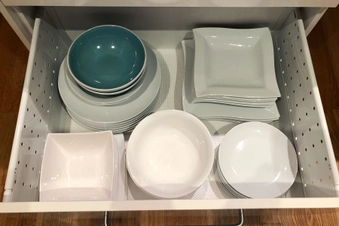
Kitchen Reorg
Shift the contents of kitchen cabinets to make everyday items more accessible. Keep glasses and plates in a lower cabinet, for example. If your cabinets are deep, a Lazy Susan-style rotating tray or slide-out organizer can bring items to the front. Repurpose easy-to-hold tools: Use kitchen tongs to reach things and a pizza cutter in place of a knife. Handles with a D-shape are easier to grasp than knobs.
Show Sources
IMAGES PROVIDED BY:
- JohnnyGreig / Getty Images
- Manu Vega / Getty Images
- Bruce Peter Morin / Getty Images
- WebMD
- Juanmonino / Getty Images
- Kerry Gerdes / Getty Images
- Annebel Van Den Heuvel / EyeEm / Getty Images
- Eclipse_images / Getty Images
- Gilaxia / Getty Images
- Brett_Hondow / Getty Images
- Chingyunsong / Getty Images
- Shank_ali / Getty Images
- DLMcK / Getty Images
SOURCES:
Muscular Dystrophy Association: “Accessible Living: The Comforts of Home,” “Home Modifications,” “7 Ways to Make Life at Home Easier,” “Home, Sweet Modified Home,” “Cushion Comfort,” “Splish Splash: Easier Ways to Get Clean.”
Muscular Dystrophy UK: “Adaptations manual: for children and adults with muscle- wasting conditions.”
CureDuchenne: “Find a Certified Physical Therapist.”
Inclusiveinc.org: “Door Access & Ramps for Wheelchairs,” “Infrared ECU Wall Light Switch (white) for VoiceIR & Housemate.”
Parent Project Muscular Dystrophy: “New Diagnosis and Early Care Guide.”
Aging in Place: “A Guide To Bathroom Grab Bars.”
Head Injury Association of Northern Nevada: “Home Modifications for Seniors and People With Disabilities.”